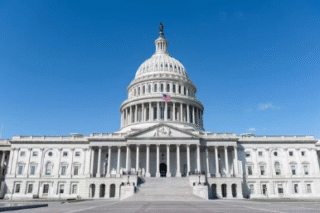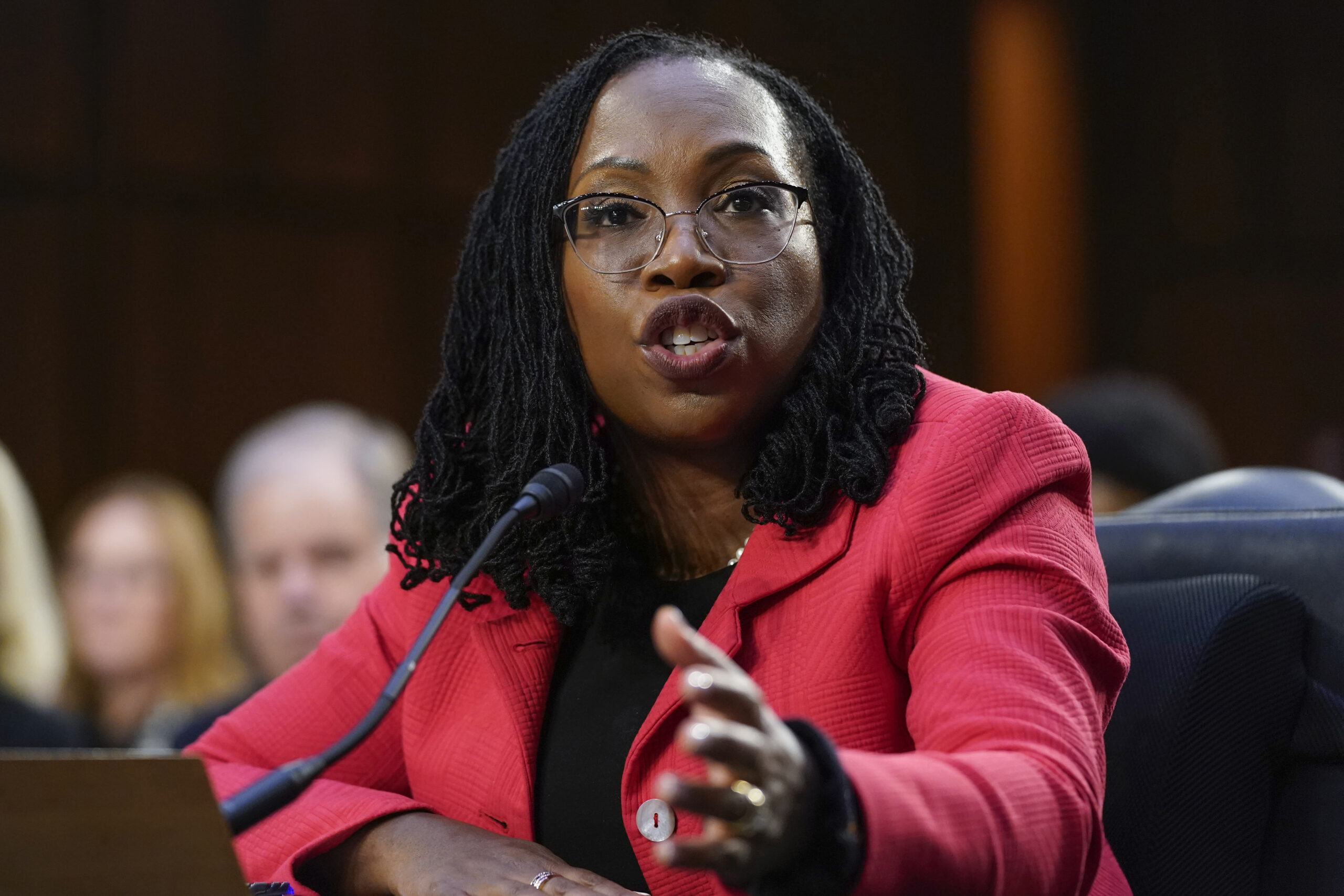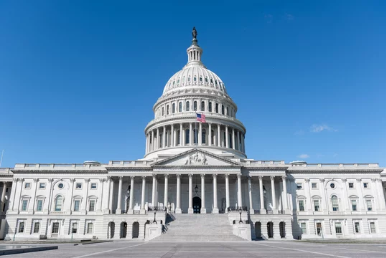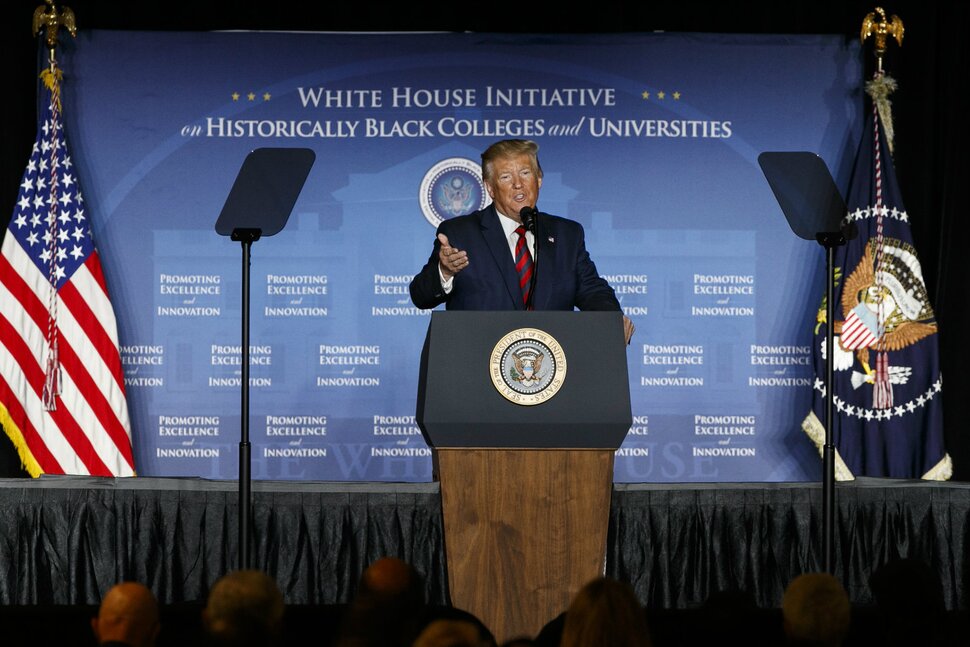When news broke that Justice Ketanji Brown Jackson granted the Trump administration’s request for a temporary stay in the battle over the Supplemental Nutrition Assistance Program, also known as SNAP benefits, the internet erupted. Many assumed she sided with withholding aid. But that interpretation misses the full picture.
Justice Jackson’s move was not an endorsement of cuts. It was a procedural strategy designed to prevent a far worse outcome. To understand this, we must break down what happened and why.
The high stakes behind the SNAP crisis
Here in Georgia, SNAP feeds nearly one in eight Americans, including families, seniors, and children. When funding uncertainty hit during the government crisis, states warned they might not have enough money to distribute full benefits.
Judge John McConnell Jr. of the U.S. District Court for the District of Rhode Island ordered immediate payment to prevent “irreparable harm.”
The Trump administration appealed the ruling. Hours before funds were due, officials asked the Supreme Court to pause the order, pushing the emergency straight to Justice Jackson.
Why Justice Jackson granted the temporary stay
Jackson granted what is called an administrative stay, a short-term pause that keeps things stable while the courts sort things out. Her order made clear it was issued “to facilitate the First Circuit’s expeditious resolution” of the case.
In other words, she kept the case in the appeals court rather than sending it to the full Supreme Court.
This distinction matters. The full Court, with its conservative majority, could have issued a longer and more damaging stay, potentially halting SNAP payments for far longer.
Experts explain why her move was strategic
Judge Carlos Moore, president of the National Bar Association, captured what many felt. “My heart sank. I immediately felt betrayed,” he wrote. But after reading the order, he changed course.
He explained, “She issued the short stay to allow the First Circuit Court of Appeals to rule on the merits… KBJ plays chess and not checkers.” Moore emphasized the stakes, adding, “No one is going hungry because of her.”
Most strikingly, he warned, “Had she referred the matter to the full Supreme Court a permanent stay would have likely resulted or something even more sinister.” His words highlight how Jackson’s restraint may have shielded millions from deeper harm.
What Jackson’s stance signals
Reports indicate that Jackson later opposed extending the stay. She believed the government should issue full benefits rather than delaying relief. Her actions reflected both procedural caution and moral clarity.
Jackson struck a balance: protect proper judicial procedure while preventing a harsher outcome. This speaks to her larger judicial philosophy — precise, principled and community conscious.
The outcome: relief, not reduction
Congress passed new SNAP funding days later. This made the case moot and ensured families received full November benefits. Jackson’s short-term stay did not delay payments or reduce aid.
Instead, her approach prevented the Supreme Court from taking immediate control and potentially imposing a longer freeze. She bought time and stability when it mattered most.
Why her decision is a good thing
Justice Jackson safeguarded vulnerable families by keeping the case away from a Court that might have ruled more harshly. She followed legal procedure while signaling concern for real-world harm. And she demonstrated that judicial protection sometimes happens quietly, not dramatically.
Her strategy showed intention, not indifference. It showed foresight, not weakness.
Justice Ketanji Brown Jackson’s ruling was misunderstood in the moment, but it ultimately protected families and preserved fairness. Her decision balanced compassion, strategy and the rule of law.
Judge Moore said it best: “If she is rocking, I’m rolling. Shine on my sister. I still have your back.” And for many Americans, that sentiment rings true.
Justice Jackson didn’t weaken the safety net — she shielded it.















